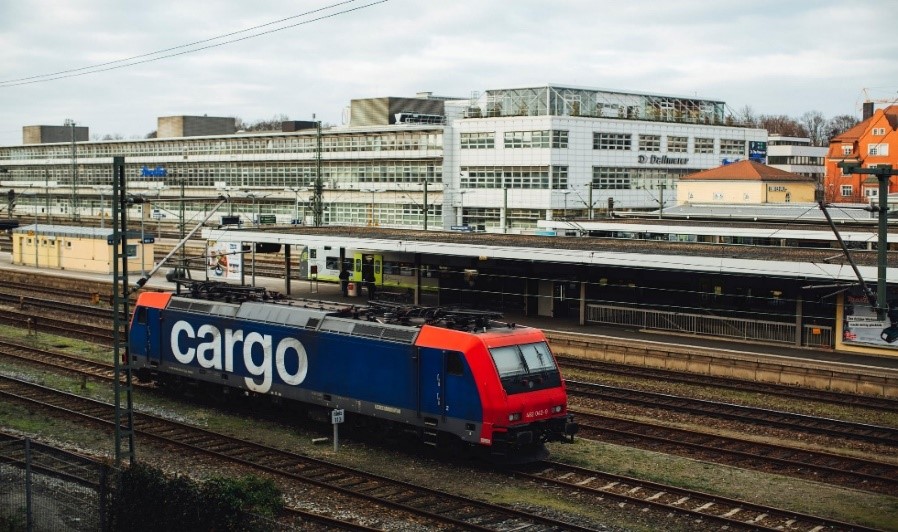
The fifth edition of the “EU Silk Road Summit” was held in Amsterdam on December 7 and 8, bringing together more than 300 railway freight professionals with the main objective of discussing about the recent developments, the perspectives and the challenges for the future of the China-Europe railway, the overl-land backbone of the well-known infrastructural investment plan guided by China, the Belt and Road Initiative (BRI).
Zunarelli law firm, among the participants, seized the opportunity to physically join the event and discuss about the future perspectives.
Almost two years after the spreading of the health crisis that caused a severe disruption on logistics and transport sectors, the summit represented an important opportunity for discussion on the role that the China-EU railway covered during these months, continuing to be a sort of life-saving for the freight transportation between the two countries facing the container prices soaring both via air and sea, this latter further impacted by the Suez Canal accident.
In view of the gradual signs of recovery, the future of the railway line as a means of freight transportation, besides the air and ocean transportation, nowadays represents a quite discussed issue, together with the new trends such as the prominent role of Russia as cargo transit country or the application of the 5G technologies with a specific reference to the Est-West Gate (Hungary) that will represent the first attempt of application of such technologies at European level.
In particular, during the various speeches great emphasis was placed on railway subsidies. The trains departing from China to the European cities receive a financial support from the Chinese central and local government that, in line with the political and economic objectives, have made them a means of promotion of the BRI.
As from 2018, in different percentages depending on the specific region, the economic subsidies in favor of forwarders and railway operators lowered the costs of freight transportation bringing them to a closer level of sea freight rates. This marked the beginning of a new phase for the railway infrastructure, being a mode of freight transportation effectively used by operators and consequently attracting higher freight traffic volumes. For this reason, at least during the initial stage of promotion, the subsidies has been fundamental in the process of creation and development of China-EU railway market.
The initial plan provided for a subsidies reduction year by year (50% in 2018, 40% in 2019, 30% in 2020), planning a definitive cut for 2022, year when this mode of transport would have reached – at least according to the expectations of the legislator – a good level of sustainability and economic competitiveness regardless of subsidies.
Notwithstanding the contrapositions between those in favor of the subsidies and those who consider them a factor of market price distortion, during the conference it has been mentioned the possibility of subsidies extension until 2023, considering them still necessary for the development of this industry. It should be noted that, based on a survey conducted during the summit, the experts believe that rail transport has already reached a good level of maturity over the last years and there are already the conditions to operate independently from the subsidies.
Nonetheless, the creation of the necessary conditions and the resolution of a series of political and economic bottlenecks will be of great importance in order that railway transportation can increase its market and its level of competiveness on the basis of the transport quality, the strengths and the ability to adapt to the technological and digital process, rather than on subsidies.
China Desk – Studio Legale Zunarelli








